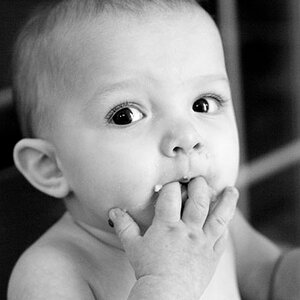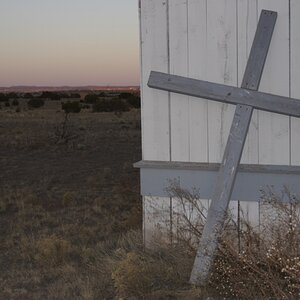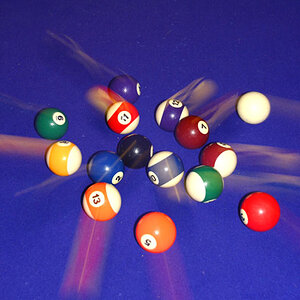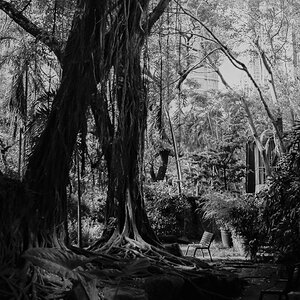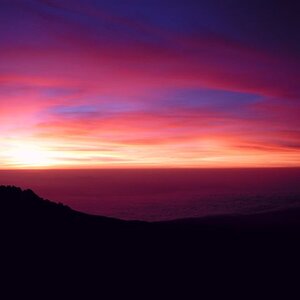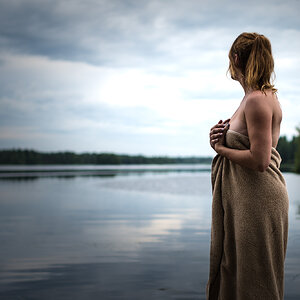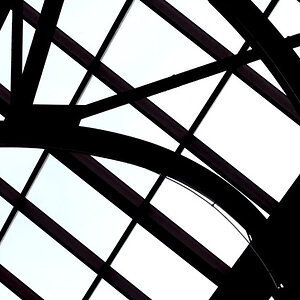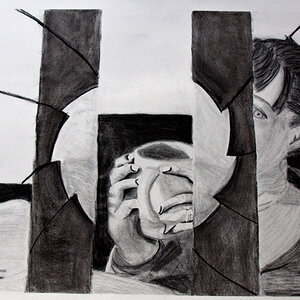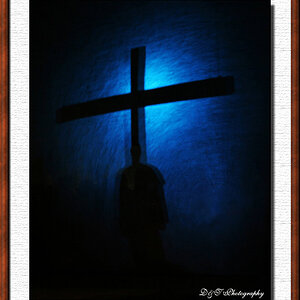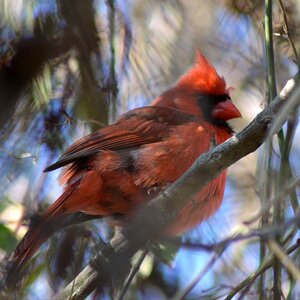MichelleP
TPF Noob!
- Joined
- Jun 17, 2011
- Messages
- 33
- Reaction score
- 4
- Location
- Lawrence, KS
- Can others edit my Photos
- Photos OK to edit
In those test shots I shot AP. I have been going back and forth between Manual and AP trying to figure out my noise issue. Today I was shooting in manual and noticed that when my meter indicated a correct exposure it still seemed underexposed. ( I have noticed this in the past shooting in manual too not just today). Thanks for your detailed explanation. This is a great place to learn!






